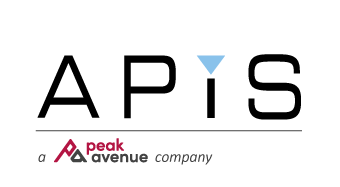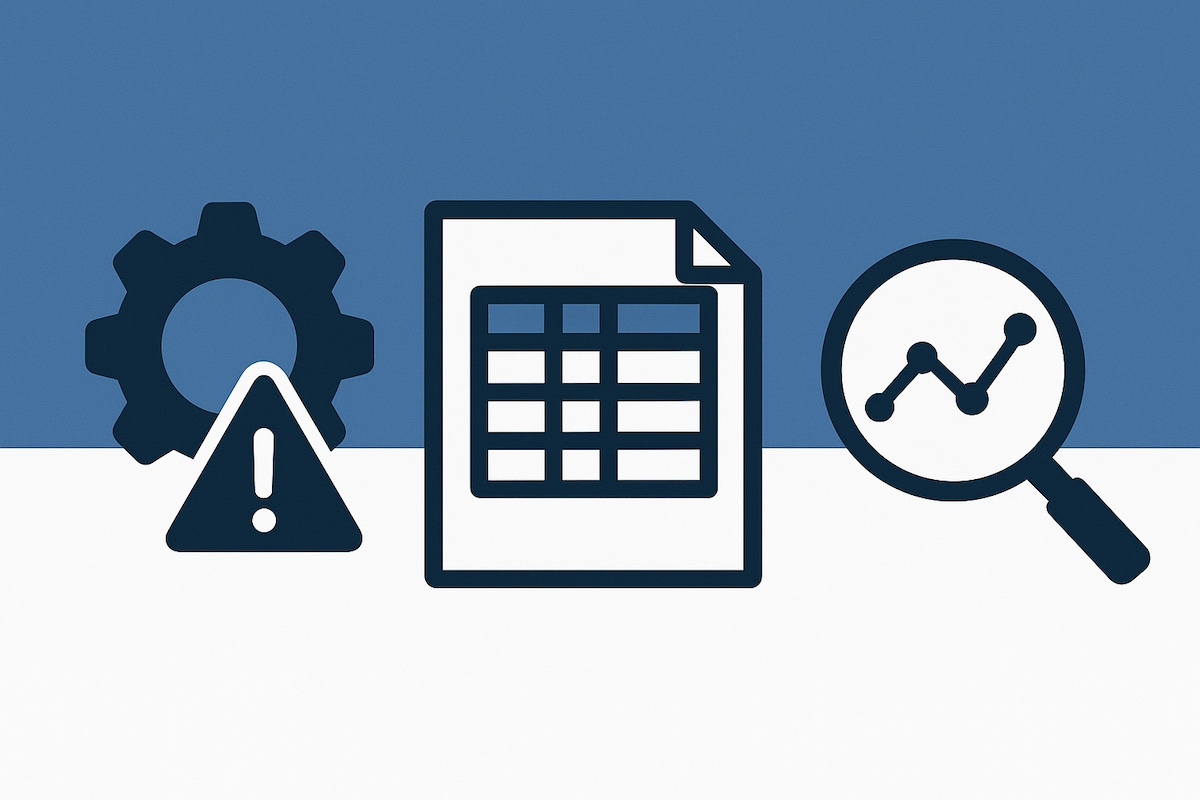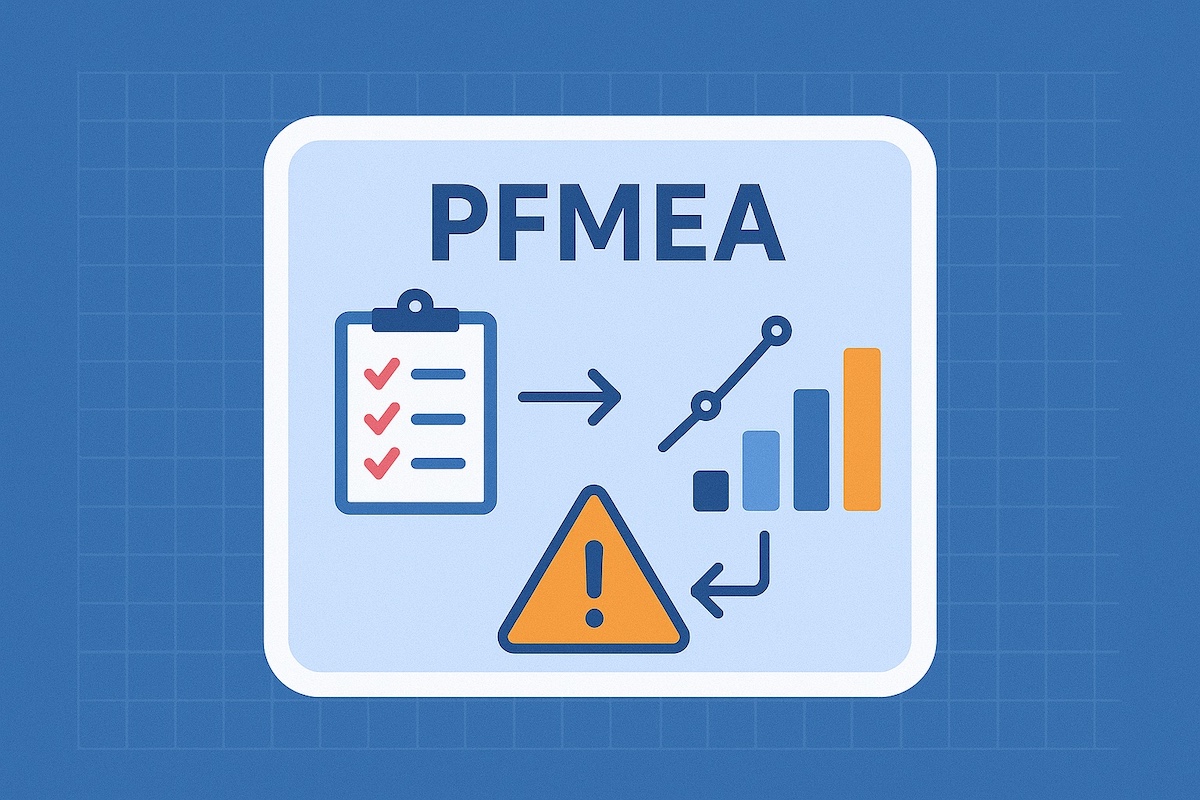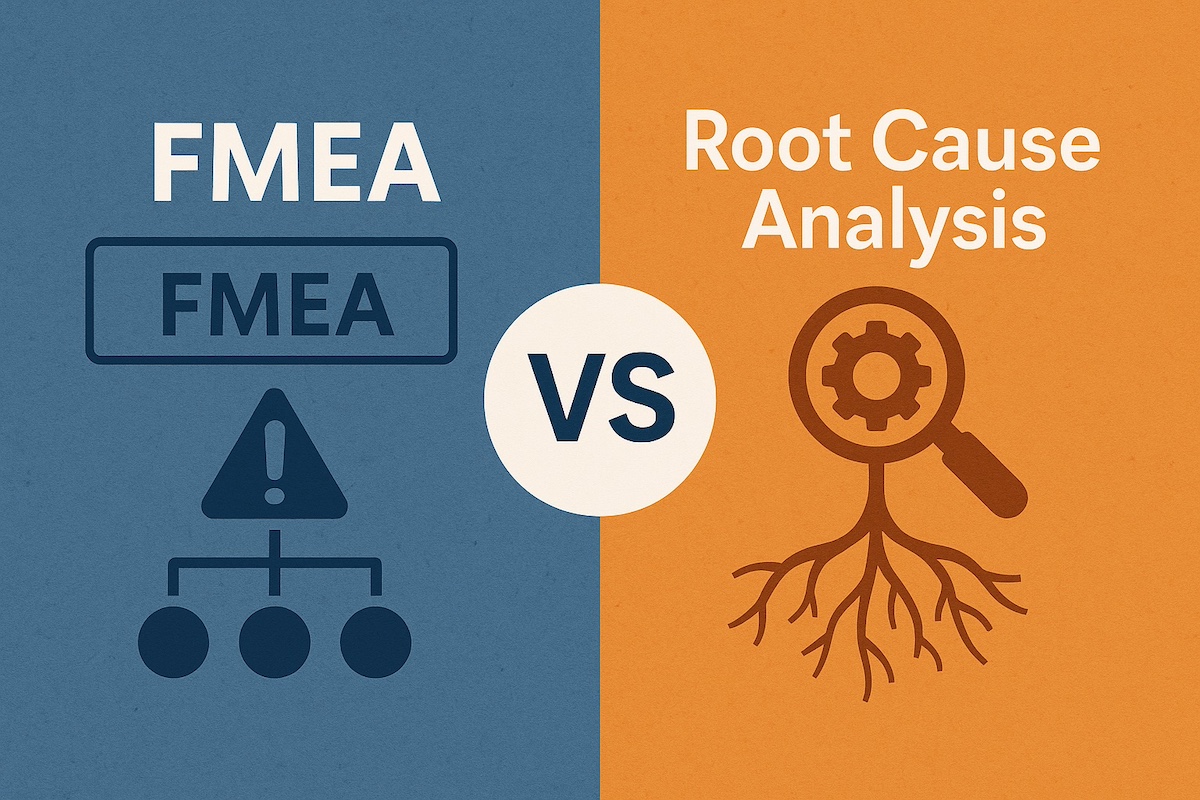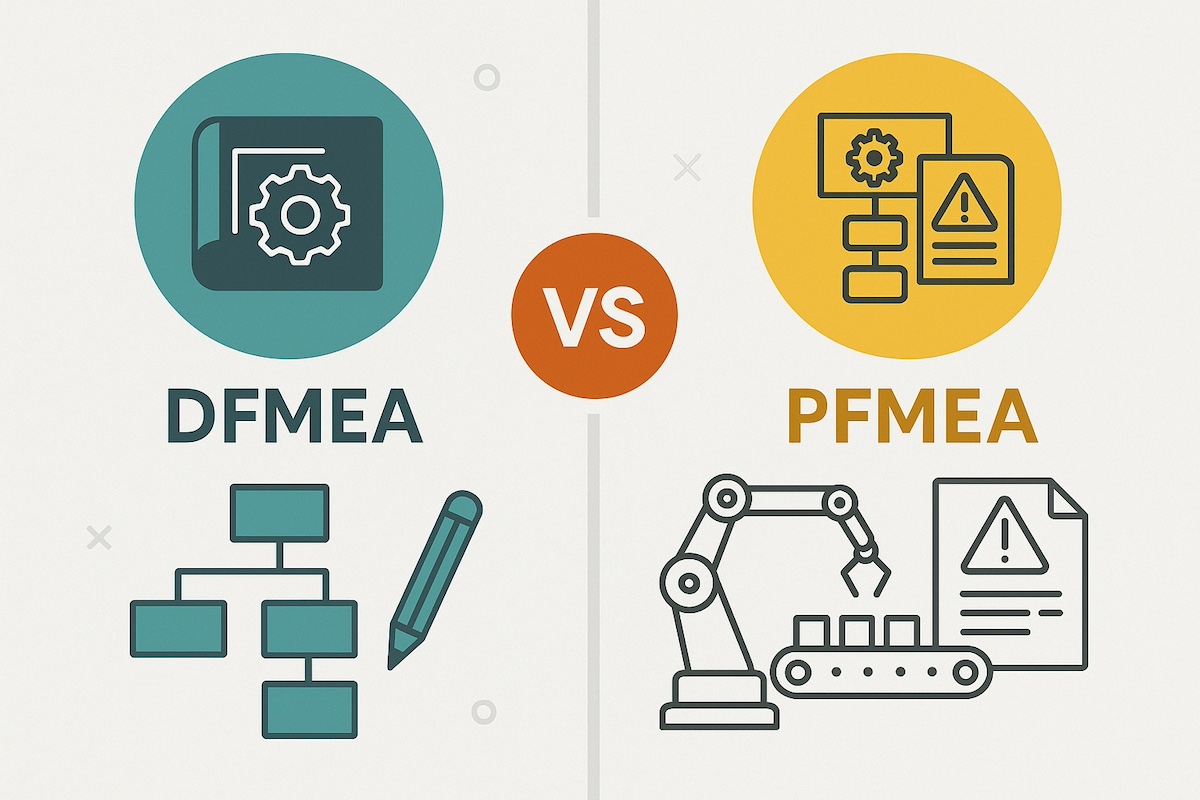Failure Modes and Effects Analysis (FMEA) is a structured method for identifying and addressing risks in products and processes. It has become a cornerstone of quality and reliability across various industries, including automotive, aerospace, and healthcare. While understanding the methodology is important, the real challenge lies in how effectively teams apply it. For that, organizations need the right tools.
Basic spreadsheets and templates can work in small settings, but they often fall short when systems grow more complex. That’s where advanced tools like APIS® IQ-Software help companies bring structure, efficiency, and accuracy to their FMEA process. This article explores the role of FMEA tools, their types, and why APIS® IQ-Software stands out as a leading choice.
What Are FMEA Tools?
FMEA tools are frameworks, templates, or software solutions that help teams identify possible failures, assess their impact, and prioritize corrective actions. In the past, many companies managed FMEA through Excel or paper checklists. While these methods are simple, they can become error-prone, inconsistent, and difficult to manage across multiple teams.
Modern FMEA tools solve these issues by offering standardized processes, automated calculations such as Risk Priority Numbers (RPN) and Action Priority rankings, and collaborative features. They also integrate with engineering and quality systems, ensuring that FMEA remains connected to design, production, and overall quality management.
Types of FMEA Tools
Different types of tools support different applications of FMEA.
Process FMEA Tools
Used to analyze risks in manufacturing or service workflows. Flowcharts, process maps, and control plans help visualize potential failure points.
Design FMEA Tools
Applied in product development, often leveraging CAD or other design validation tools, to anticipate risks before production.
Risk Ranking Tools
These tools use severity, occurrence, and detection scores to prioritize risks. Heat maps and risk matrices provide a clear picture of where to focus efforts.
Collaboration Tools
Shared platforms, whether spreadsheets or project management systems, allow multiple stakeholders to contribute and track FMEA progress.
Specialized FMEA Software
Purpose-built platforms such as APIS® IQ-Software combine all these features and more. They are designed specifically for FMEA, providing powerful capabilities for managing risk in complex systems.
Why Spreadsheets Fall Short
Spreadsheets are a convenient starting point, but they are not designed for the complexity of modern risk management. They can lead to inconsistent documentation, limited collaboration, manual errors, and difficulty managing large-scale systems or product variants. They also struggle to meet global standards like AIAG/VDA FMEA, which demand more structured documentation. For organizations aiming for precision and compliance, specialized FMEA software is the smarter choice.
Spotlight on APIS® IQ-Software
The APIS® IQ-Software is widely recognized as one of the most advanced tools for conducting FMEA and related analyses. It is trusted in industries where safety and quality are critical.
Key Features
- Supports all types of FMEA, including DFMEA, PFMEA, System FMEA, and Control Plans
- Complies fully with AIAG-VDA FMEA guidelines
- Provides visual risk analysis with heat maps and risk matrices
- Manages complex product variants seamlessly
- Offers built-in collaboration for cross-functional teams
- Integrates with ERP, PLM, and CAD systems
Why It Stands Out
- Designed specifically for FMEA, unlike generic tools
- Automates calculations to reduce errors
- Scales easily for small projects and global enterprises
- Tailored for industries that demand accuracy and compliance
Benefits of APIS® IQ-Software
- Improved accuracy through automated calculations
- Efficiency in completing FMEAs faster than manual methods
- Compliance with global standards such as ISO 9001 and IATF 16949
- Collaboration across design, production, and quality teams
- Continuous improvement with regularly updated FMEA records
Best Practices for Using FMEA Tools
- Train teams in FMEA methodology before adopting advanced software
- Start with a pilot project to build confidence and refine processes
- Involve engineering, design, manufacturing, and quality in FMEA workshops
- Update FMEA documents regularly to reflect new risks and data
- Integrate FMEA software with other systems to avoid data silos
Future of FMEA Tools
The future of FMEA tools is promising, with several trends already taking shape. AI-driven analysis will enable predictive insights, while cloud-based platforms will make collaboration easier for distributed teams. Integration with IoT will allow real-time data to feed directly into FMEA models, and automated dashboards will simplify reporting and compliance tracking. APIS® IQ-Software is actively adapting to these innovations, making it a future-ready solution.
Conclusion
FMEA remains one of the most effective ways to improve reliability, safety, and quality. While spreadsheets can get you started, they often create more problems than they solve as projects grow in complexity. For organizations that need efficiency, compliance, and accuracy, specialized software is essential.
The APIS® IQ-Software is one of the most powerful tools available for this purpose. With its advanced features, alignment with AIAG-VDA standards, and ability to manage complex systems, it transforms FMEA into a streamlined, collaborative, and effective process.
At APiS North America, our mission is to help businesses unlock the full potential of APIS® IQ-Software. From setup and training to ongoing support, we ensure your FMEA efforts deliver real results. If your organization is ready to take risk management and quality assurance to the next level, APiS North America is your trusted partner.
